- 7127 views
- 1 comments

When it comes to natural gemstones, you may have heard the terms “cracks” and “inclusions” being used interchangeably. However, these terms actually refer to two very distinct types of flaws found in gemstones, and understanding the difference between them is essential for determining the value of a gemstone. In this blog post, we’ll be discussing the difference between cracks and inclusions in gemstones, how they affect the quality and value of a gemstone, and what to look out for when examining a gemstone.
WHAT ARE CRACKS IN GEMSTONES?
Cracks in gemstones are often referred to as ‘feathers’, which is a term used to describe surface-breaking fractures that are usually caused by a sudden or gradual shock. These fractures create thin lines that can be seen on the surface of the gemstone and can be either straight or curved. They may also appear as thin vertical lines that are parallel to the cleavage plane. In some cases, the cracks may be deep enough to cause a loss of transparency and clarity.
Cracks can occur during the cutting process, if the gemstone is cut too deep, if there is too much pressure applied, or even when the gemstone is subjected to sudden thermal changes.
WHAT ARE THE INCLUSIONS IN GEMSTONES?
Inclusions are any foreign materials that become trapped within a gemstone during its formation. These materials can include other minerals, air bubbles, fractures, and many other substances. Inclusions may be visible to the naked eye or require the aid of magnification to be seen. Depending on the type and location of the inclusion, it can either have a positive or negative effect on the value of the stone.
Inclusions may also provide information about where a gem was formed or clues about how a gem was altered or treated. Generally speaking, the fewer inclusions in a gemstone have the higher its value.
Inclusions can be of various types such as liquid, gas, crystal, solid, foreign materials, veils, fractures, and feathers. They can be natural or man-made. Natural inclusions are caused by elements in the environment while man-made inclusions are created when a gemstone is artificially altered or treated. It is important to note that not all inclusions are visible to the eye. Some inclusions require magnification to be detected.
Inclusions can provide valuable information about a gemstone's identity and history. In some cases, certain inclusions can be used to identify a particular gemstone and even verify its authenticity. Therefore, inclusions are an important factor to consider when evaluating a gemstone for its value and quality.
WHAT ARE THE DIFFERENCE BETWEEN CRACKS AND INCLUSIONS?
Cracks and inclusions are two important characteristics to consider when assessing the quality of a gemstone. While they can both have an effect on the value of the stone, it is important to understand how they differ.
Cracks occur due to external physical or chemical forces such as pressure, temperature, or excessive wear and tear. Cracks can potentially weaken a gemstone, making it more prone to damage.
Inclusions, on the other hand, are internal elements that are usually invisible to the naked eye which are the form of minerals, or any other foreign material. Inclusions do not necessarily weaken a gemstone, but they can affect its value depending on how obvious they are.
The biggest difference between cracks and inclusions is that cracks are visible on the surface of a gemstone while inclusions are invisible. Additionally, cracks tend to reduce the strength of the gemstone while inclusions do not typically have an effect on the strength of a gemstone.
HOW TO SPOT CRACKS AND INCLUSIONS?
To spot cracks and inclusions, you will need to examine the gemstone using a 10x loupe or a magnifying glass. When looking through the loupe, you should be able to see the internal structure of the gemstone.
Cracks can appear as linear breaks or tiny cleavages, often with no sharp edges. Inclusions usually look like cloudy spots or bubbles. It is also possible to see fractures, which are curved lines within the gemstone caused by stress from outside forces.
Sometimes it can be difficult to tell the difference between a crack and an inclusion. A good way to differentiate is to look for evidence of healed fractures. If a healed fracture looks like it has been filled in with mineral material, it is likely an inclusion rather than a crack.
It is also important to consider the location of any cracks or inclusions. Cracks and inclusions can appear anywhere on the surface of a gemstone, but the most valuable gemstones typically have fewer and fewer visible flaws on the surface.
By carefully examining a gemstone for cracks and inclusions, you can get a better understanding of its quality and worth. It is always recommended to seek the advice of a certified gemologist or jeweler before making any purchases.
If you want to buy high-quality natural gemstones without any imperfections, visit GemsBiz.com! GemsBiz offers a wide range of precious stones and semi precious stones including diamonds, rubies, emeralds, sapphires, topaz, quartz, turquoise, and many more. Our gemstones and gemstone beads come in various shapes and sizes and have undergone strict quality control to guarantee their authenticity and value.
Shop Natural Gemstones & Beads
Explore More
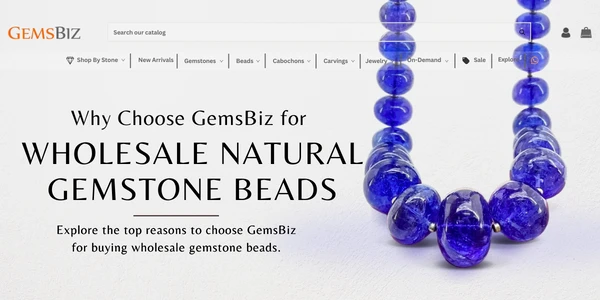
WHY CHOOSE GEMSBIZ FOR WHOLESALE GEMSTONE BEADS?
Looking for a reliable source for wholesale gemstone beads? Look no further than GemsBiz! As a leading wholesaler of high-quality gemstone beads, GemsBiz offers an extensive selection of beads in a variety of shapes, sizes, and colors. With years of experience in the gemstone industry, we have built strong relationships with trusted suppliers around the world, allowing us to offer competitive prices without compromising on quality. Our commitment to providing exceptional customer service sets us apart from other wholesalers, as we strive to meet the unique needs of our clients. Whether you are a jewelry designer, hobbyist, or retailer, GemsBiz is your go-to destination for all your wholesale gemstone bead needs. With our vast inventory, competitive prices, and exceptional customer service, you can trust GemsBiz to be your reliable partner in the world of gemstone beads.
Read more
5 TIPS TO BUY GEMSTONE BEADS ONLINE
Are you an avid jewelry maker looking to add unique and eye-catching elements to your designs? Look no further than gemstone beads! These beautiful, natural stones come in various colors, shapes, and sizes, making them the perfect addition to any jewelry piece. And with the convenience of online shopping, it has never been easier to purchase gemstone beads for your next project. In this blog post, we will share five helpful tips to remember when buying gemstone beads online, ensuring that you get the best quality and value for your money. So, let's get started!
Read more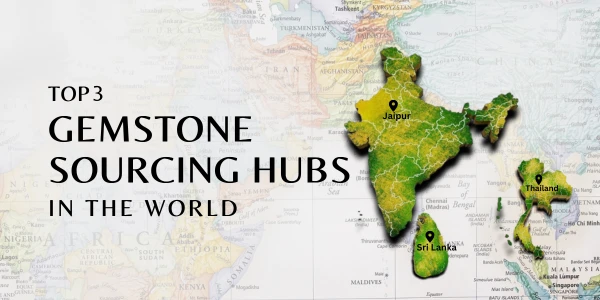
TOP 3 GEMSTONE SOURCING HUBS IN THE WORLD
Gemstones have been prized and coveted for their beauty and rarity for centuries. From diamonds to emeralds, sapphires to rubies, these precious stones have captured the attention and admiration of people all over the world. But have you ever wondered where these stunning gems come from? Numerous locations around the globe are known for their gemstone sourcing, but there are a few that stand out above the rest. In this blog post, we will explore the top 3 gemstone sourcing hubs in the world, where these magnificent stones are found, and why they are so highly regarded in the world of gemstones.
Read more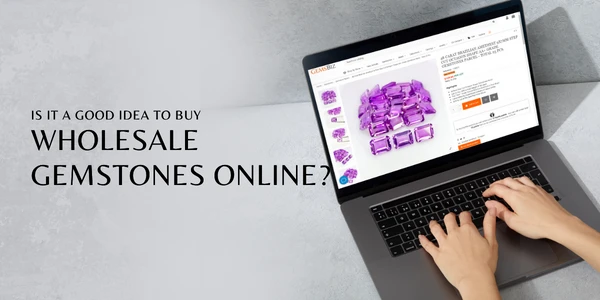
IS IT A GOOD IDEA TO BUY WHOLESALE GEMSTONES ONLINE?
The world of gemstones is a fascinating one, filled with vibrant colors, unique shapes, and stunning designs. For those looking to add to their collection or purchase gemstones for jewelry making, buying wholesale can be an appealing option. With the rise of online shopping, it's now easier than ever to purchase wholesale gemstones from the comfort of your own home. However, the question remains: is it a good idea to buy wholesale gemstones online? In this blog post, we'll explore the pros and cons of purchasing gemstones online in bulk and provide some tips on how to ensure a successful and satisfying purchase. So if you're curious about buying wholesale gemstones online, read on to find out more!
Read more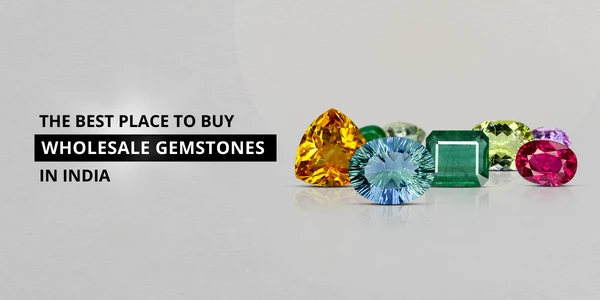
THE BEST PLACE TO BUY WHOLESALE GEMSTONES IN INDIA
India is renowned for its vibrant culture, diverse landscapes, and rich history. But what many may not know is that it is also a treasure trove for gemstones. The country has a long-standing tradition of mining and trading precious gemstones, making it one of the top producers and exporters of gemstones in the world. And for those looking to purchase wholesale gemstones, India is the ultimate destination. With a plethora of options, competitive prices, and top-quality stones, it is no wonder that India is considered the best place to buy wholesale gemstones. In this blog post, we will explore the reasons why India should be your go-to destination for all your gemstone needs.
Read more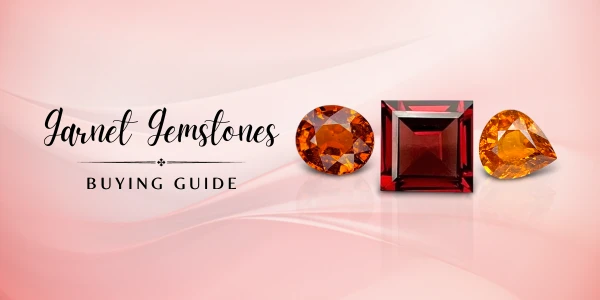
GARNET GEMSTONES BUYING GUIDE
Are you looking for the perfect garnet gemstone to add to your collection? If so, you have come to the right place. In this garnet gemstones buying guide, we will provide you with all the information and tips you need to make a knowledgeable and informed decision when selecting the ideal garnet gemstone. We will discuss the various types of garnet gemstones, their properties, the different colors, clarity, cuts, and carat weights that are available, and more. So read on and get ready to find the perfect garnet gemstone for you!
Read more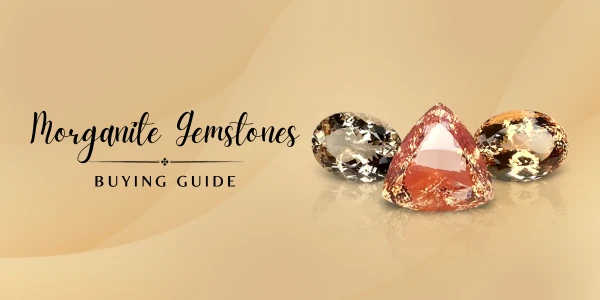
MORGANITE GEMSTONES BUYING GUIDE
Morganite, also known as pink beryl, is a mesmerizing pinkish-orange stone that has been used in jewelry for centuries. It is said to be a stone of divine love and encourages us to accept love into our lives. Whether you are looking for a beautiful piece of jewelry for yourself or a loved one, this guide will provide you with the knowledge and understanding you need to make an informed buying decision. From the history and properties of morganite to the various shapes and sizes of stones available, this guide will help you make the right choice. So let’s get started and explore the captivating world of morganite gemstones.
Read more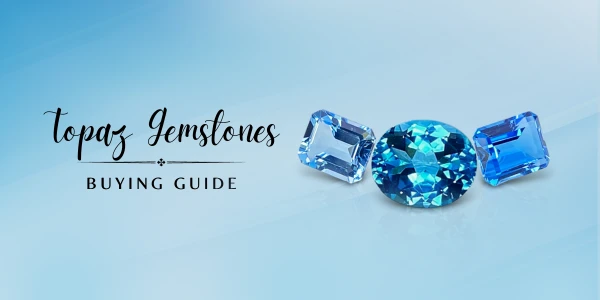
TOPAZ GEMSTONES BUYING GUIDE
Topaz is a beautiful and versatile stone that comes in various colors, sizes, and shapes. It has become increasingly popular in recent years due to its stunning visual appeal and ability to add sparkle and elegance to any outfit. In this guide, we’ll provide all the information you need to know about buying topaz gemstones, including types of topaz, what to look for when purchasing, and where to find the best deals. We’ll also give you tips on how to care for your topaz gemstone jewelry so that it looks beautiful and vibrant for years to come.
Read more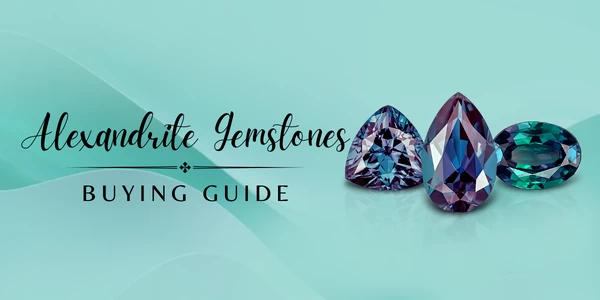
ALEXANDRITE GEMSTONES BUYING GUIDE
Are you looking to buy a beautiful alexandrite gemstone? Then you've come to the right place! Our alexandrite gemstones buying guide provides all the information you need to know before making a purchase. Here, you'll learn about the features and characteristics of alexandrite stones, tips for selecting the best quality, and advice on where to shop for the most affordable prices. With this guide, you can rest assured that you're making a smart investment in a beautiful and valuable gemstone. So, read on and learn all about alexandrite gemstones!
Read more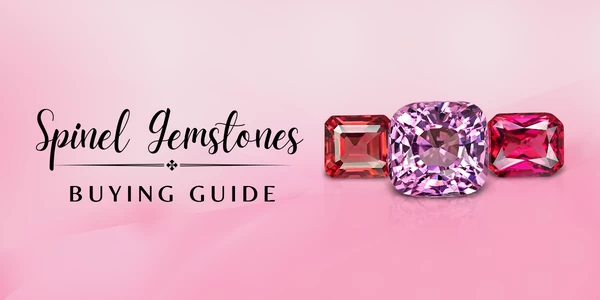
SPINEL GEMSTONES BUYING GUIDE
Are you in the market for a beautiful gemstone? If so, you should consider buying a spinel gemstone! Spinel gemstones are some of the most beautiful and unique gems in the world. They come in a wide range of colors, from pink and red to orange and purple. Plus, they are durable and affordable, making them a great option for anyone looking to add a stunning stone to their collection. This guide will provide you with the information you need to make an informed decision when it comes to buying spinel gemstones. We'll go over the different types of spinel available, discuss the various color options, and provide tips on how to care for your spinel gemstone. By the end of this guide, you'll be well-equipped to pick out the perfect spinel gemstone for you.
Read more
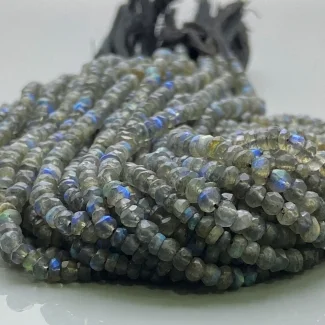
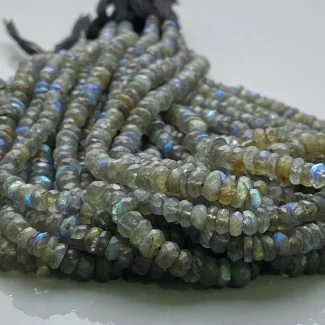
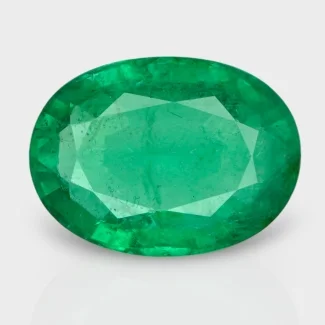
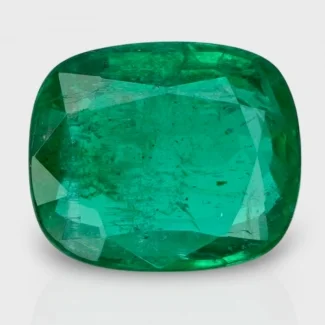
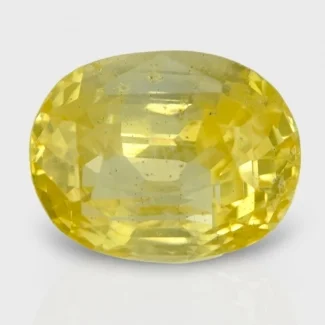
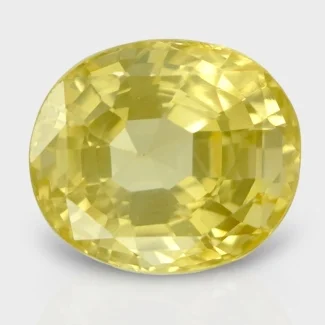
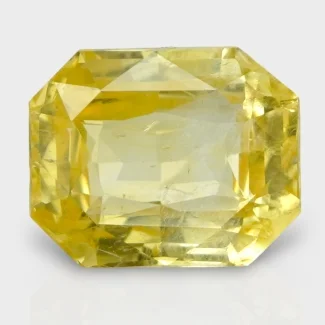

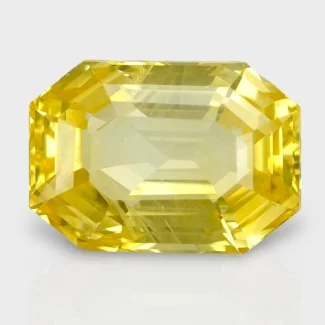
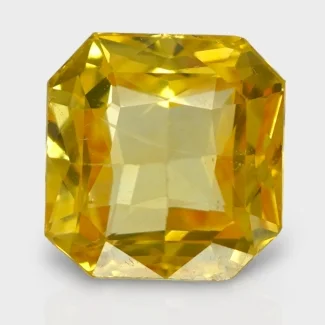
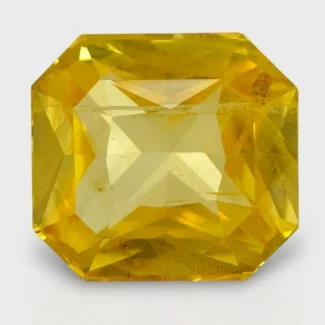
Comments (1)